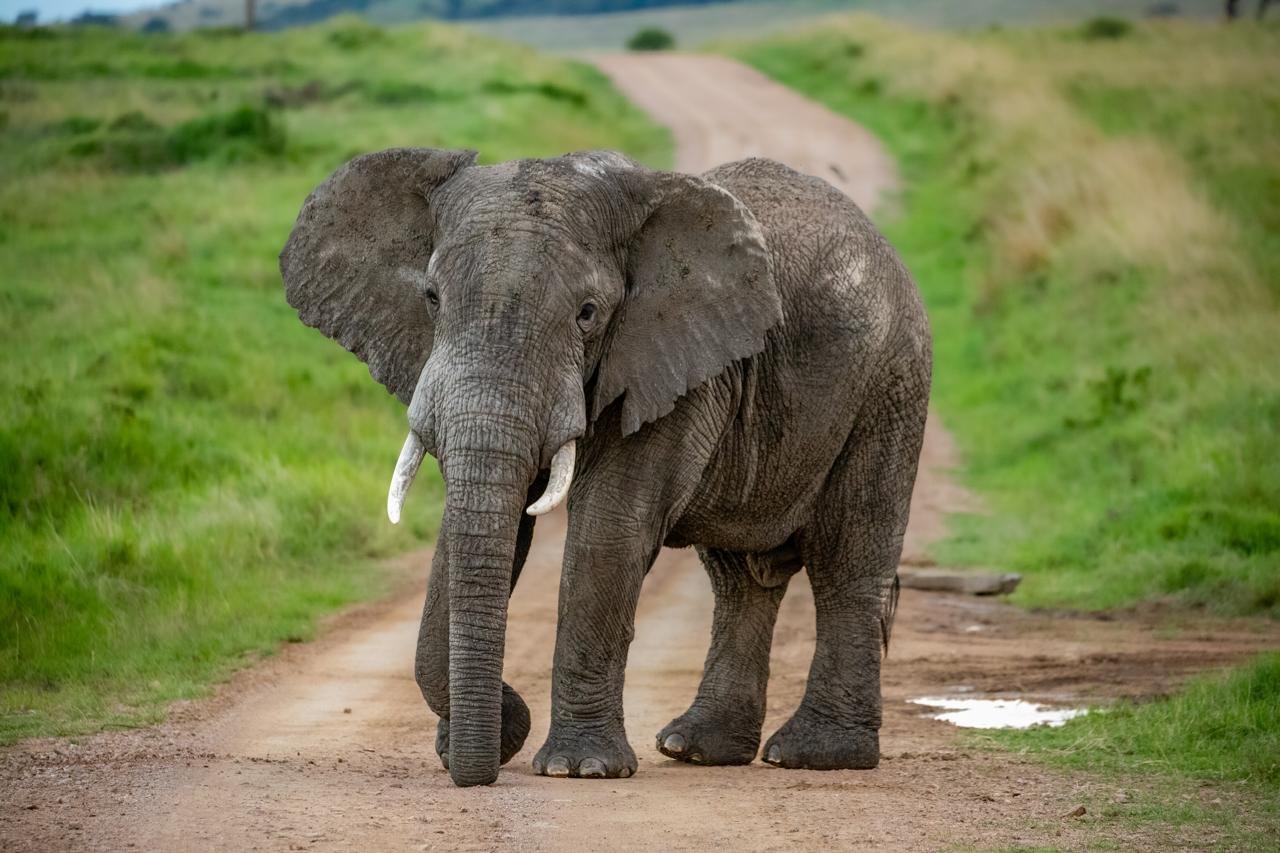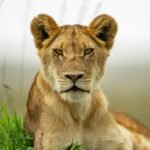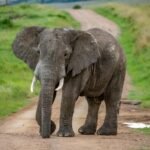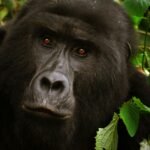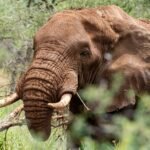Embarking on an east African safari is an exhilarating adventure that promises breathtaking landscapes and a rich tapestry of wildlife.
To capture these moments in all their glory, you need to harness expert wildlife photography tips for your east African safari.
This article will guide you through understanding animal behavior, the essential gear you should bring, composition techniques to elevate your photos, mastering light and timing for perfect shots, and post-processing tips that will enhance your images.
Whether you’re a seasoned photographer or just starting out, these insights will help you create stunning imagery that tells the story of your unforgettable journey.
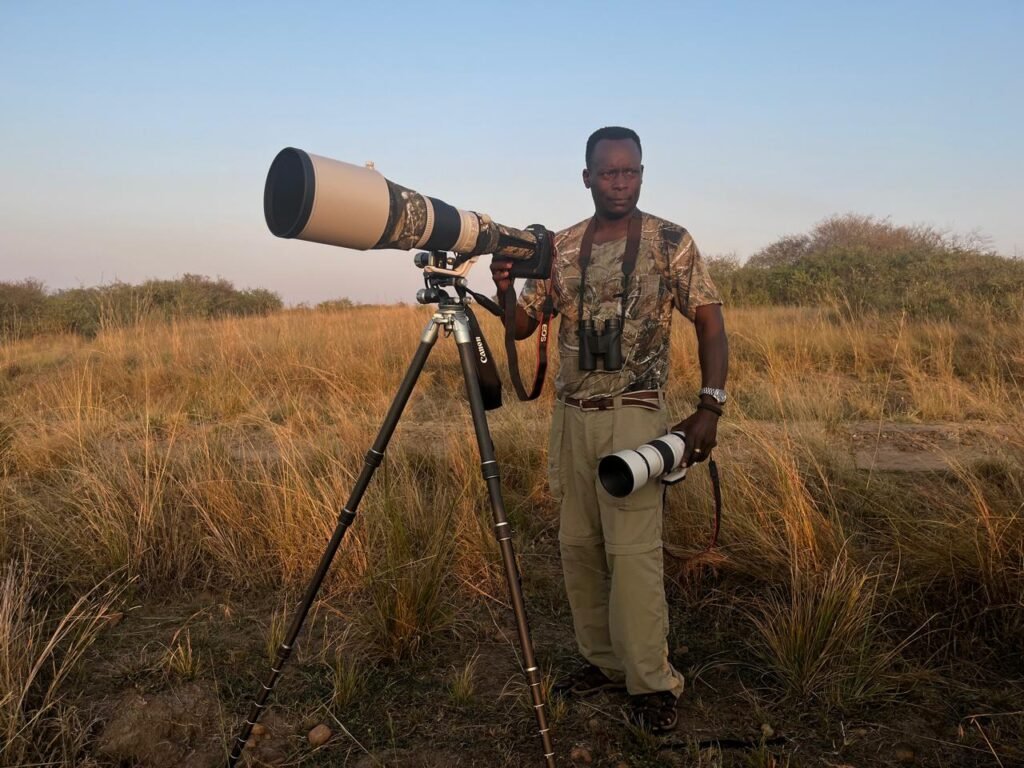
Key Takeaways
- Familiarizing yourself with wildlife behavior enhances your chances of capturing authentic moments.
- Investing in essential photography gear is critical for high-quality wildlife images.
- Applying composition techniques can significantly elevate the visual impact of your wildlife shots.
- Understanding light and timing can help you capture breathtaking photos during golden hours.
- Post-processing your images can refine your photographs and bring out their full potential.
Understanding Wildlife Behavior
Understanding wildlife behavior is crucial for capturing stunning images during your East African safari.
Observing animals in their natural habitat can reveal patterns in movement, feeding, and social interactions, which are essential insights for wildlife photography.
When preparing for your safari, familiarize yourself with the habits of the species you hope to photograph.
For instance, many animals are most active during dawn and dusk, known as the golden hours in photography.
Plan your outings accordingly to maximize your chances of encountering wildlife.
Additionally, understanding mating seasons and migration patterns can help you find animals in the right place at the right time.
By enhancing your knowledge of wildlife behavior, you’ll not only improve your photography skills but also gain a deeper appreciation for the stunning biodiversity East Africa has to offer.
Remember, patience and respect for the animals will lead to some of the most breathtaking photographs you can share.
Essential Gear for Wildlife Photography
When gearing up for an unforgettable adventure, understanding the essential gear for wildlife photography can enhance your experience manifold.
For your East African safari, it’s crucial to select equipment that will allow you to capture stunning images of the diverse fauna in their natural habitat.
High-quality camera bodies with fast autofocus systems are paramount; consider a DSLR or mirrorless camera with a good selection of lenses, particularly a 70-200mm or 100-400mm zoom lens.
These will provide you the flexibility to shoot both close-ups and expansive scenes, ensuring you don’t miss any action, from elephants at a distance to birds perched nearby.
Additionally, don’t forget sturdy tripods or monopods for stability during long shoots, as well as extra batteries and memory cards to keep up with the unpredictable moments of wildlife.
These wildlife photography tips for your East African safari will ensure you are well-equipped to document the breathtaking encounters you will experience throughout your journey.
‘The safari is not just a journey to see wildlife; it’s a chance to capture the wildness within ourselves. – Unknown’
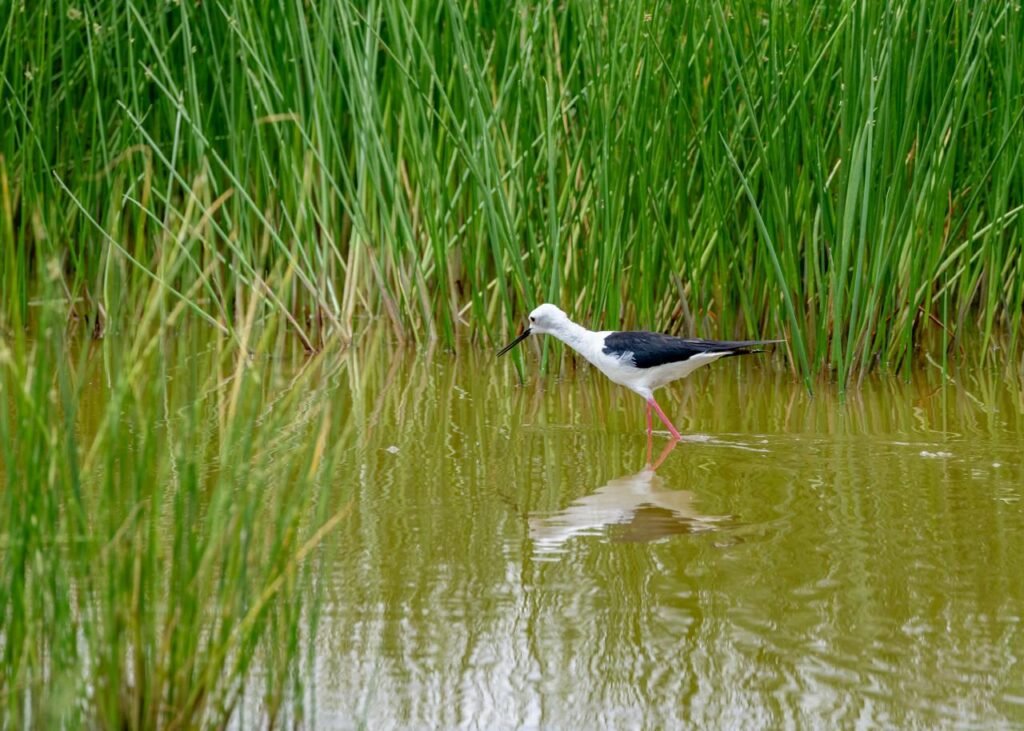
Composition Techniques for Stunning Shots
When embarking on an East African safari, capturing the breathtaking beauty of wildlife requires not just the right gear but also a keen eye for composition.
One of the essential wildlife photography tips for your East African safari is to familiarize yourself with the rule of thirds.
By dividing your frame into a 3×3 grid and positioning your subject along the lines or at their intersections, you create more engaging and balanced images.
Additionally, consider the use of leading lines — natural pathways like rivers or trails that draw the viewer’s eye toward your subject.
Pay attention to the light; the golden hour, shortly after sunrise or before sunset, provides a warm glow that can enhance the vibrancy of your photographs.
Finally, don’t forget to capture the wildlife in their environment.
A wider frame not only tells a story but also showcases the animal’s habitat, providing context that elevates your shots.
With these composition techniques, you’ll be well on your way to capturing stunning wildlife images that reflect the enchanting atmosphere of your East African safari.
Mastering Light and Timing
When embarking on an East African safari, understanding the nuances of light and timing is crucial for capturing stunning wildlife photographs.
Early mornings and late afternoons, often referred to as the golden hours, provide the best natural light for photography.
During these times, the sun hangs lower in the sky, casting a warm, soft glow that enhances the textures and colors of your subject.
Additionally, wildlife is generally more active during these cooler parts of the day, increasing your chances of encountering fascinating animals in dynamic poses.
To effectively utilize these moments, position yourself strategically, keep your camera ready, and be patient.
Remember, mastering light and timing is one of the essential wildlife photography tips for your East African safari that can turn ordinary snapshots into breathtaking masterpieces.
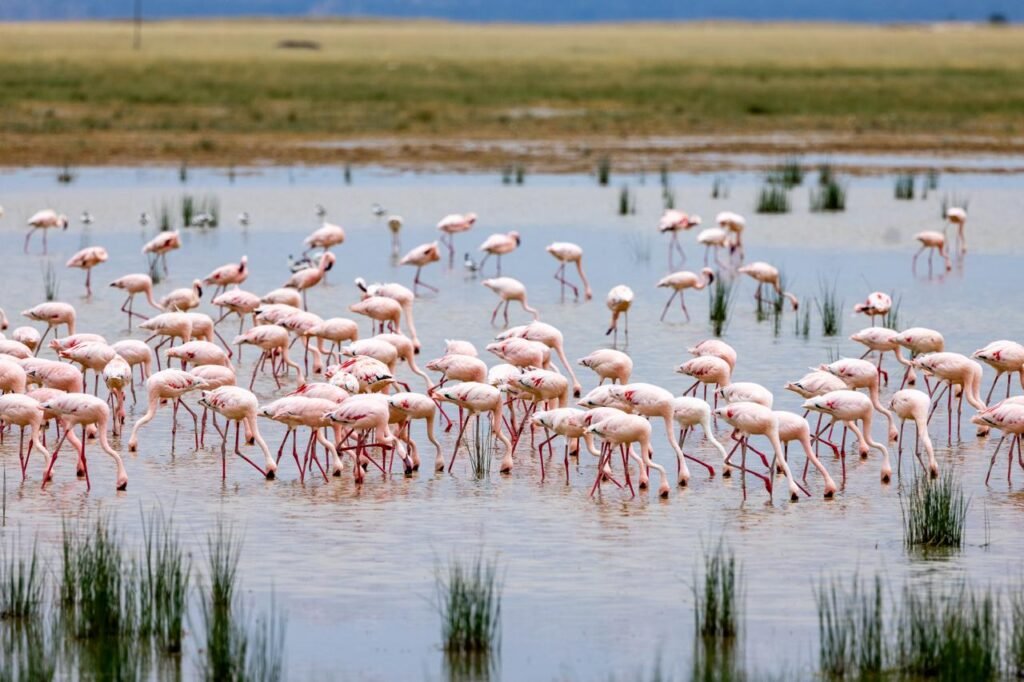
Post-Processing Tips for Your Photos
Post-processing is an essential step in wildlife photography, especially when you’re looking to capture the splendor of your East African safari.
After an exhilarating day of photographing majestic elephants, swift cheetahs, and vibrant birds, the real magic often happens in the digital darkroom.
To enhance your stunning wildlife photos, begin with basic adjustments such as exposure and contrast: fine-tuning these elements can dramatically affect the mood and vibrancy of your images.
Next, consider color correction; wildlife in their natural habitats often have colors influenced by the surrounding environment, so ensuring that your images reflect the true colors can elevate your work.
Don’t shy away from cropping your photos to improve composition—this can help direct the viewer’s eye to the subject and cut out distractions.
Additionally, if you’re dealing with images taken at varied lighting conditions, utilizing HDR techniques can help combine multiple exposures for more detail in both highlights and shadows.
Lastly, always remember to save your edited images in high resolution, allowing for prints that showcase the breathtaking beauty you experienced during your wildlife photography adventure.
These wildlife photography tips for your East African safari can turn average snapshots into stunning artworks, ensuring the memories of your encounters remain vibrant long after your return.
Frequently Asked Questions
What should I consider when choosing my gear for wildlife photography on safari?
When choosing your gear for wildlife photography on safari, consider a camera with fast autofocus, a telephoto lens for close-up shots, and a sturdy tripod or monopod for stability.
It’s also important to have extra batteries, memory cards, and a weather-sealed camera bag.
How can I better understand wildlife behavior to improve my photography?
To enhance your wildlife photography, take time to study the behavior of animals.
Observe their feeding, mating, and social behaviors.
Understanding these patterns allows you to anticipate moments that make for compelling photographs.
What composition techniques can enhance my wildlife photography?
Utilize the rule of thirds by positioning your subject off-center, experiment with different angles to add depth, and include elements of the environment to provide context.
Aim to capture animals in their natural habitat to tell a more engaging story.
What are the best times of day for wildlife photography during a safari?
The best times for wildlife photography are typically during the golden hours shortly after sunrise and before sunset.
The soft, warm lighting enhances colors and reduces harsh shadows, making your images more visually appealing.
How can I effectively post-process my wildlife photos after the safari?
Use software like Adobe Lightroom or Photoshop to enhance your images.
Focus on adjusting exposure, contrast, and saturation to bring your photos to life.
Cropping can also help improve composition, and applying noise reduction can enhance clarity, especially for high ISO shots.
Kikuyu Arcade, Kiambu, Kenya 00902
+254 720 637 298
+254 726 906 136
info@africancrestedratsafaris.com
sales@africancrestedratsafaris.com

